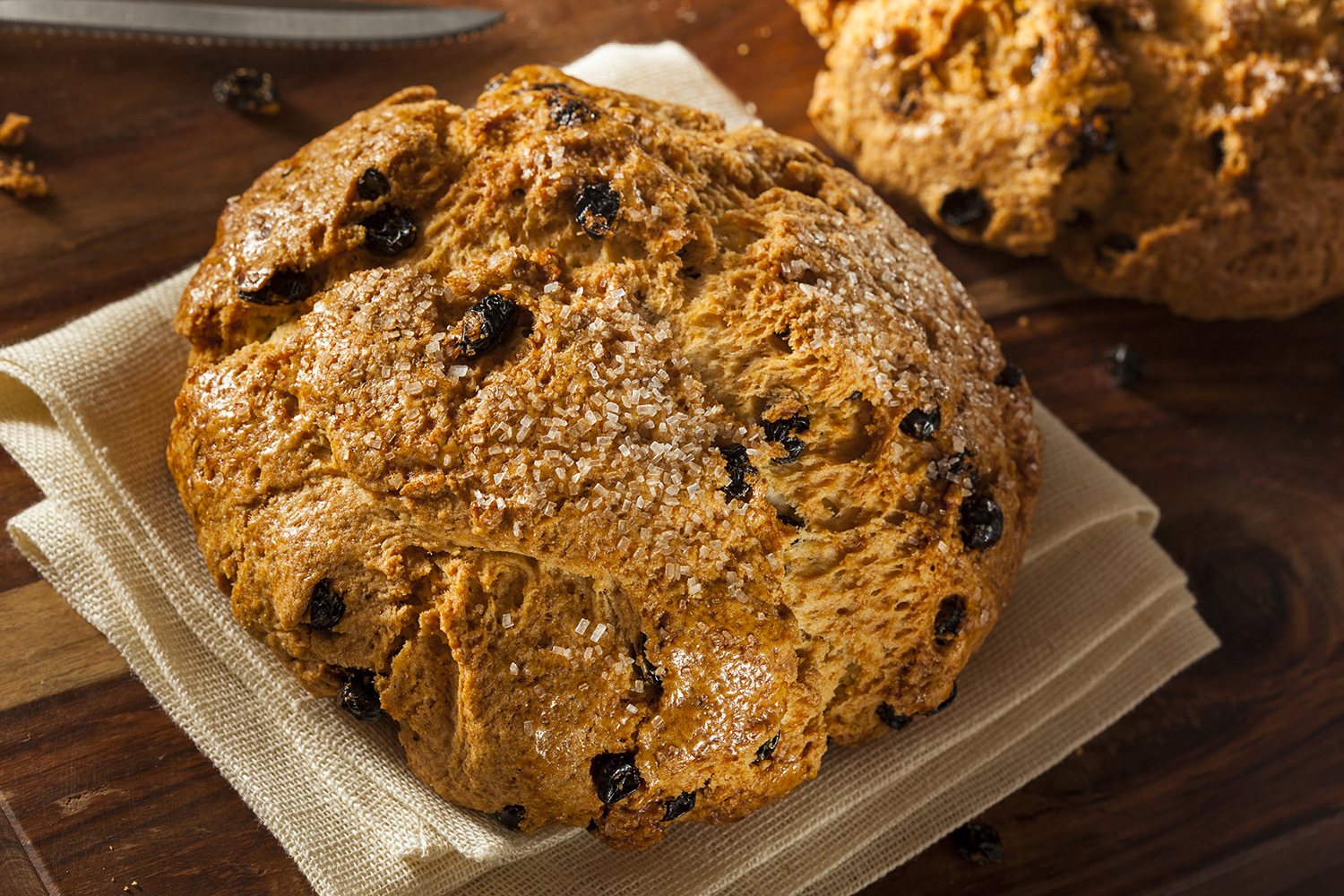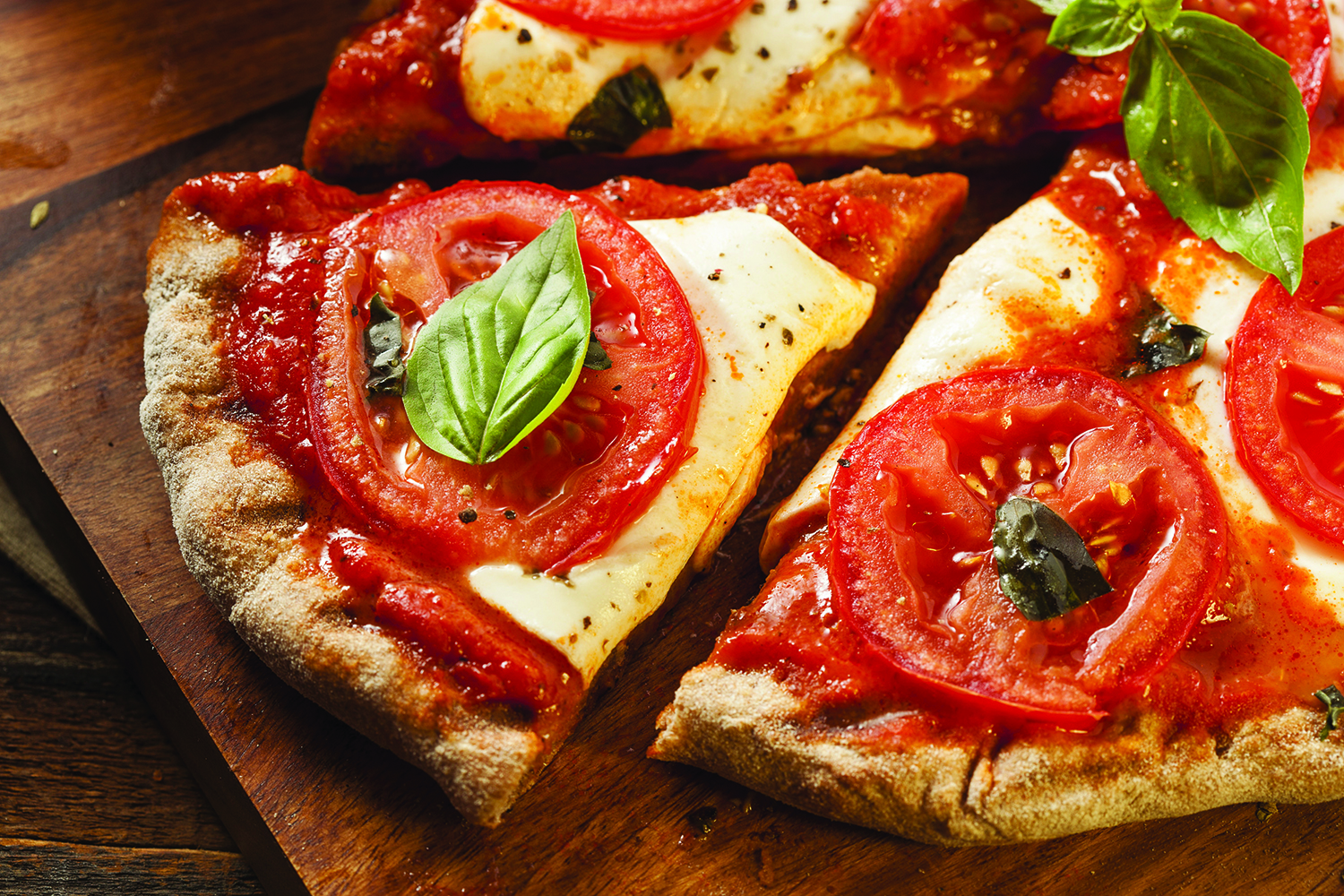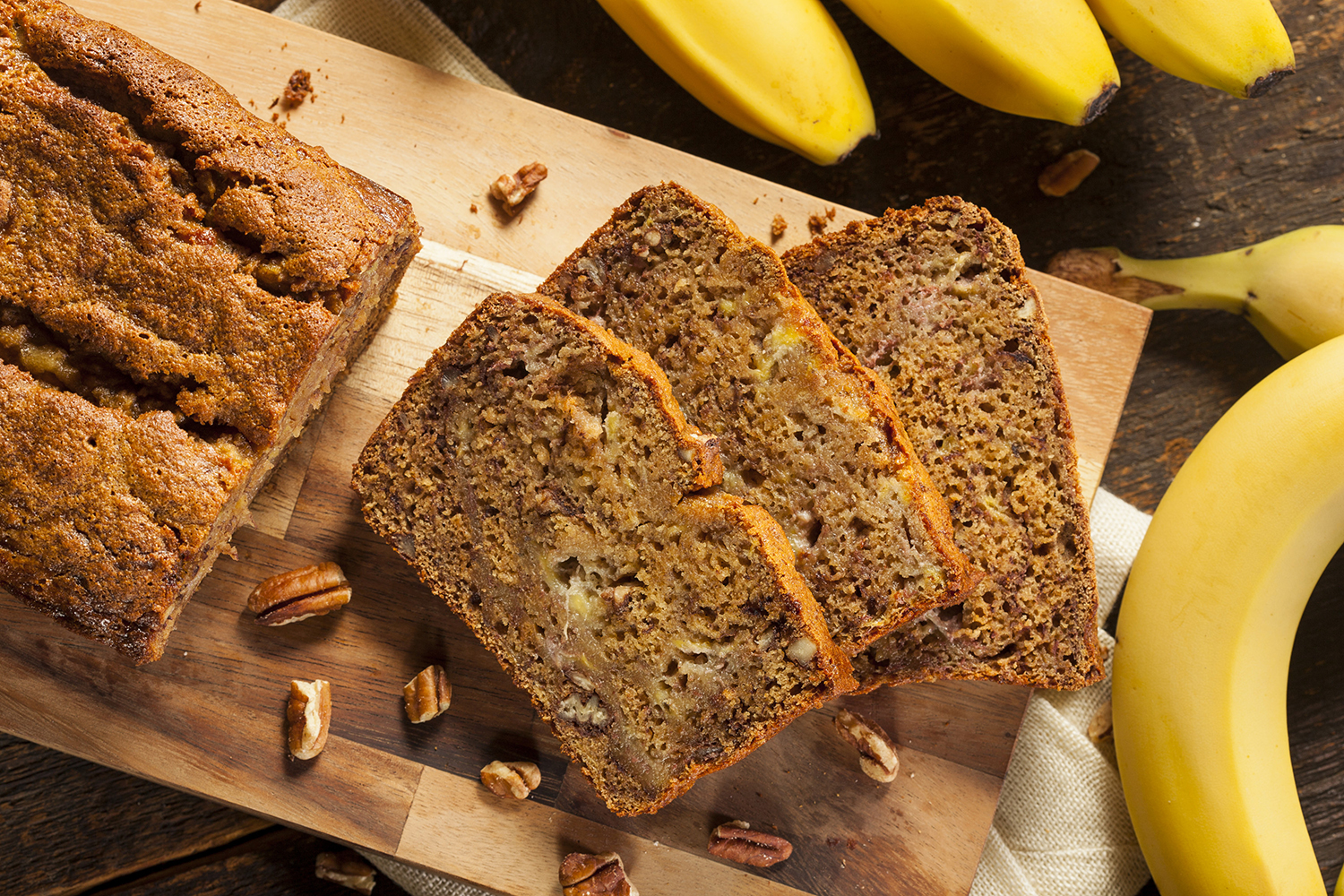FOOD STORAGE

How to Store Food
Focus on Quality
• Inventory the contents of your pantry, fridge and freezer.
• Set aside food items that are high in fat, sugar and sodium.
• Store these items, separately, for emergency or special-occasion use, or discard.
Cupboards, Pantry and Drawers
• Keep canned goods, condiments, oils, and vinegars in cool, dry cupboards.
• Place your most recent purchases behind older ones so their “best-before date” isn’t missed.
• Group like items for easy access.
• Store dry goods e.g. baking supplies, crackers, dried fruits, nuts, and seeds, pasta, etc.
in cool, dry cupboards.
• Keep crackers crisp in sealed, see-through containers.
• Store dried fruits and seeds in sealed glass jars.
• Refrigerate nuts in sealed jars.
• Store grains and flours in sealed containers to prevent weevils.
Whole-wheat flour is best kept in an airtight bag in the freezer.
• Organize herbs and spices in lidded glass jars in a cool, dark cupboard or drawer.
Buy herbs and spices in smaller quantities to ensure freshness, and regularly
discard old ones.
Refrigerator
Store foods in the fridge by types, for easy access.
• Keep uncooked fish, poultry, and meat in the coldest part.
• Keep produce, after a thorough washing, in crisper drawers.
• Keep beverages in the door.
• Washed and torn lettuce kept in a salad spinner stays fresh and crisp for
4 to 6 days.
• Keep mushrooms in a brown paper bag.
• Place fresh and perishable foods at the front.
• Keep prepared items and leftovers in see-through containers, so they
aren’t forgotten.
Freezer
• Date and label all items stored in the freezer.
• Use your freezer for prepared dishes and perishables not for immediate use,
good buys, and abundant produce to be used within a few weeks or months.
• Store breads in the freezer to defrost as needed.
• Your freezer is not for long-term storage! (see Appendix V Freezer Storage)





